Words Gabrielle de la Cruz
Images Patrick Kasingsing
“José María Zaragoza’s place in Philippine architecture history is defined by a significant body of modern edifices that address spiritual and secular requirements,” opens the National Commission for Culture and the Arts’ (NCCA) profile on National Artist José María Zaragoza. His modern mark spans about 45 churches and religious centers, allowing his name to be “synonymous to modern ecclesiastical architecture.” The NCCA recounts that the architect also excelled in secular works, having designed “36 office buildings, four hotels, two hospitals, five low-cost and middle-income housing projects; and more than 270 residences.”
Among Zaragoza’s notable works are the Santo Domingo Church and Convent, the National Shrine of Our Lady of the Miraculous Medal, the renovation of Quiapo Church, the famous Meralco Building, and the Commercial Bank and Trust Company Building. As we commemorate his birth today, we take a quick trip down memory lane on who the architect was before he became the legend we all know him to be.
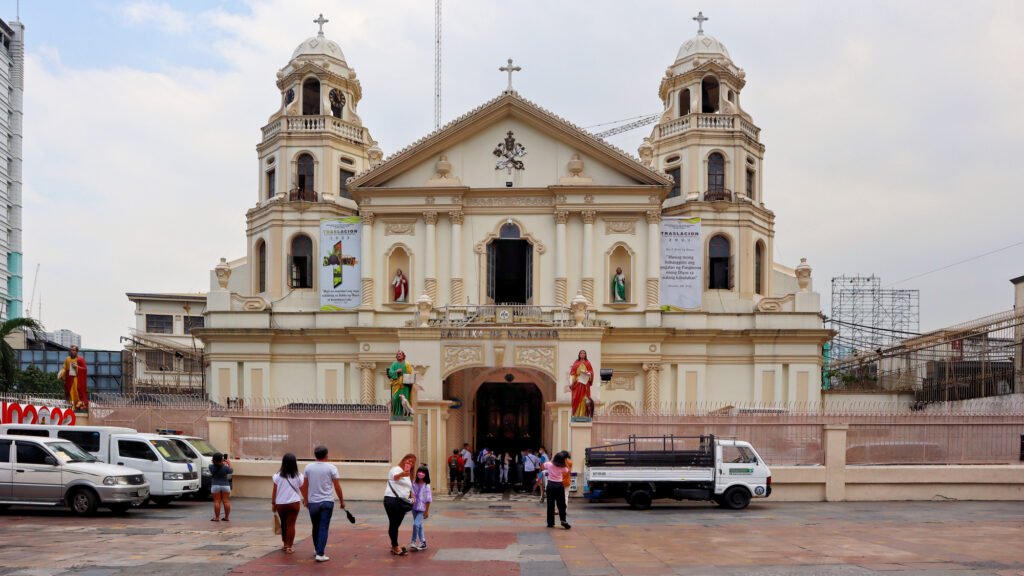
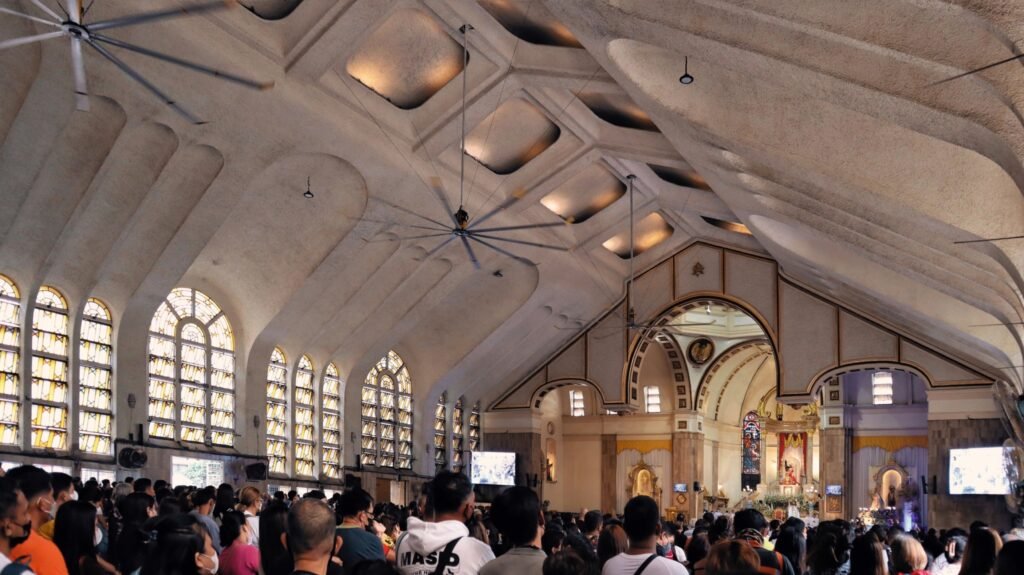
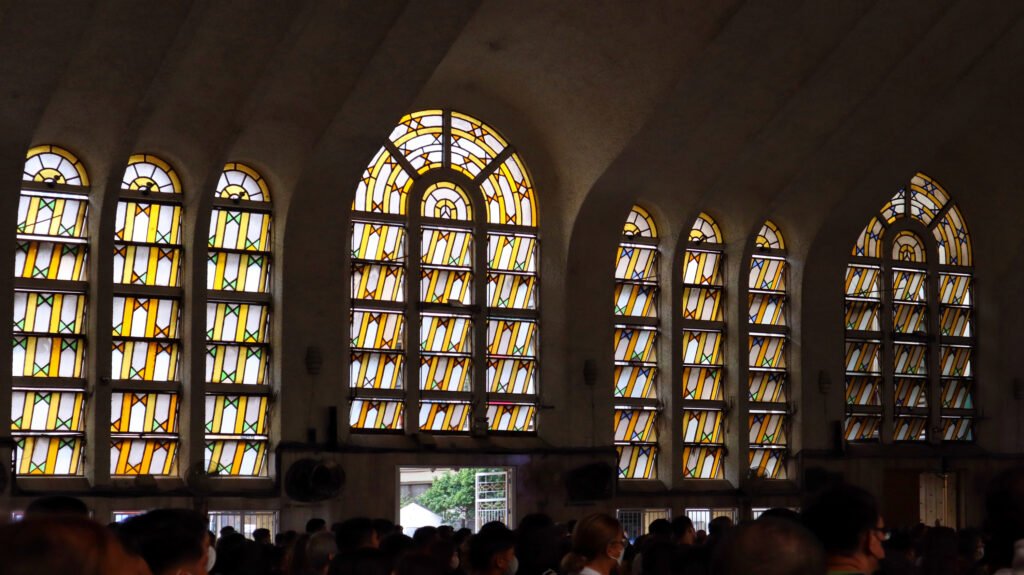
Zaragoza graduated from the University of Santo Tomas in 1936 with highest honors. He passed the architecture licensure examinations two years later, becoming the 82nd architect in the Philippines. become the 82nd architect of the Philippines. With devotion to religious architecture, he secured a diploma in liturgical art and architecture at the International Institute of Liturgical Art (IILA) in Rome in the late 1950s.
Years after his training in Rome, the architect proceeded to his mission of building, designing, and supervising the construction of churches. He rose to prominence in 1954 with some of his most prominent ecclesiastical edifices including Pope Pius XII Parish Church in Manila, St. John Bosco Parish, and the Union Church of Manila in Makati. All three churches remain active as of writing, bringing their communities together during liturgical celebrations and parochial gatherings.
Exterior photos of Santo Domingo Church and Our Lady of the Miraculous Medal
One of the highlights of Zaragoza’s architectural career is designing the Meralco Lopez Building in 1962, which Filipino author Ruben David F. Defeo extensively discussed in his book “José María Zaragoza, Architecture for God, For Man.” The architect was commissioned by Lopez Group founder Eugenio Lopez Sr., with his “modern design for 1960s Manila” making a mark in the architecture and design scene. The Meralco Building stands as a sight in Ortigas Center up to this day, with employees and residents coming together to delight in its display of lights especially during the holiday season.


Defeo also shared that Zaragoza was “ably assisted by his wife Pilar Rosello in most of his architectural projects.” He added that the architect did most of the structural work and Rosello took care of the interiors, and that together, they were the “tandem to beat.” From then on, Zaragoza built a career that spans half a decade, producing “ecclesiastical edifices and structures of modernity in the service of God and humanity.”
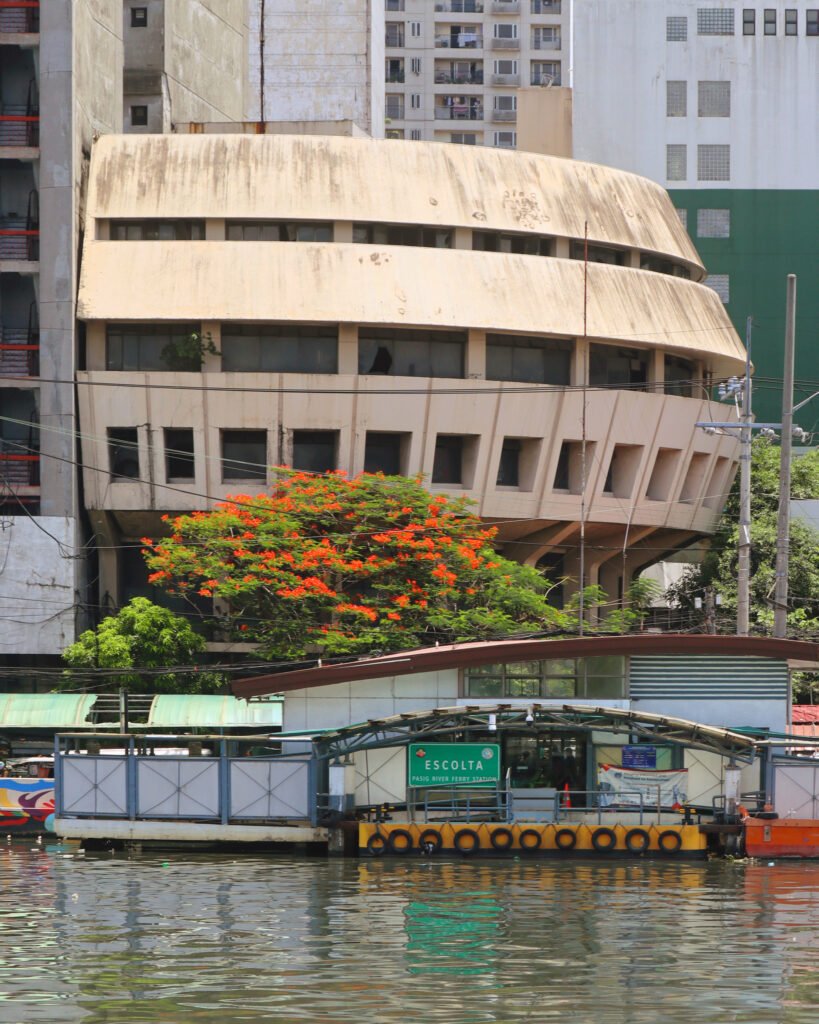


The legacy of Zaragoza lives on. Last August 30, 2023, The National Museum of the Philippines (NMP) and the National Commission for Culture and the Arts (NCCA) installed an Important Cultural Property (ICP) marker at the Bank of the Philippine Islands (BPI) Escolta branch, formerly known as the Commercial Bank and Trust Building. This designation was given “to ensure the protection and preservation of the 54-year-old post-war edifice and formally establish its cultural and historical significance to the country.”
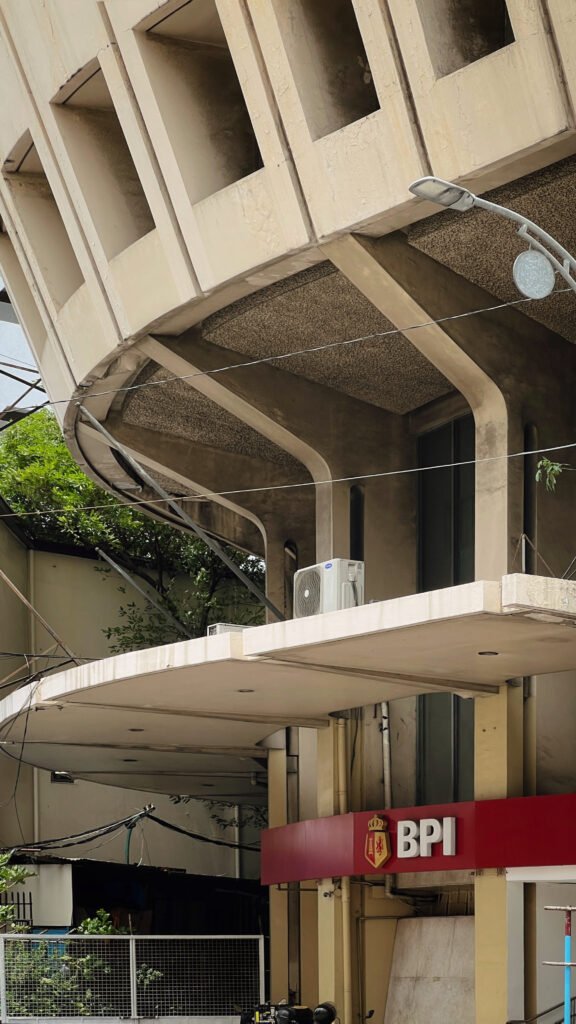

The Intramuros Administration also hosted an Intramuros Learning Session dedicated to Zaragoza last January 29, 2021. Ar. Richard Tuazon-Sanchez Bautista, who brought in creatives in 2012 to revitalize Escolta and worked on the Metropolitan Theater from 2004 to 2007, was invited to talk about Zaragoza’s works and how these reflect our culture and shape our landscape. During the segment, Sanchez Bautista discussed the three pillars of architecture—firmitas (firmness, durability), utilitas (commodity, utility), and venustas (delight, beauty)—saying that these three should stand together in a single structure. Indeed, José María Zaragoza lived up to these principles, as he gifted us with buildings that have stood the test of time, remain useful to communities up to this day, and continue to delight us and raise our spirits. •
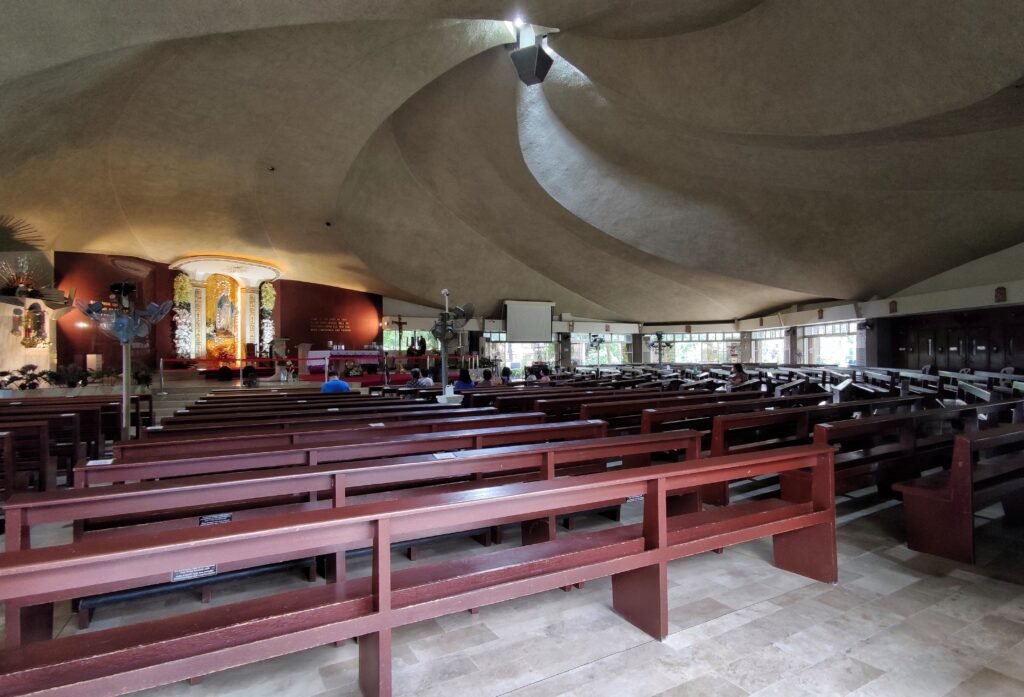

Information obtained from ncca.gov.ph and lopezlink.ph
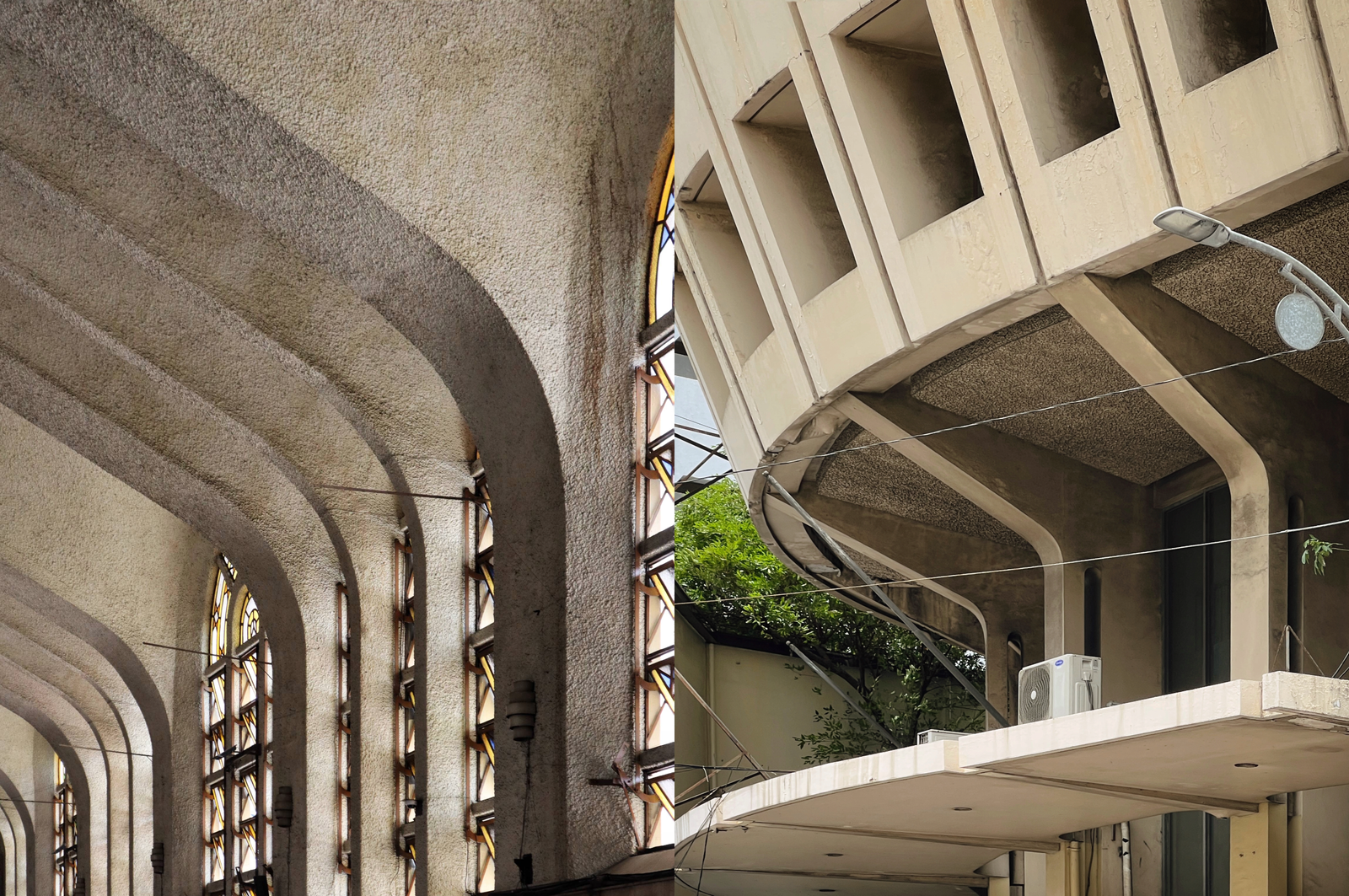
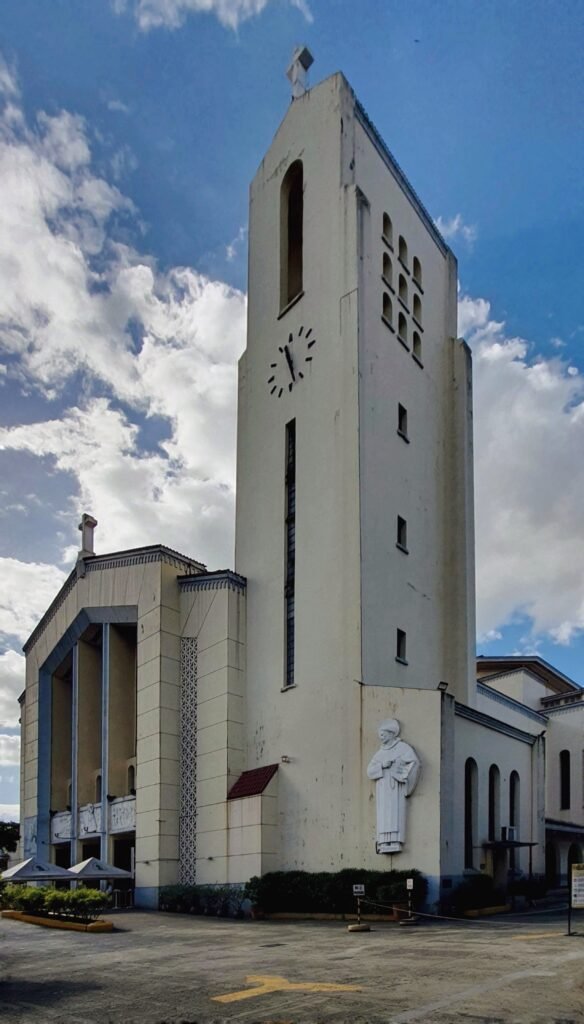


One Response
Hello! I am an active servant at the Our Lady of Mount Carmel Parish in Project 6, Quezon City. I would like to inquire if our church is one of the 45 churches that were designed by Arch. Zaragoza during his career. Our church was established in 1961, but its construction began in 1958. Records and information handed down to us indicate that Arch. Zaragoza, being the Diocesan Architect back then, was the one who designed our church. We are now making efforts to verify and confirm the veracity of this information as we are soon celebrating our 63rd Fiesta.
We would appreciate an early response from your end.
Thank you and warm regards.